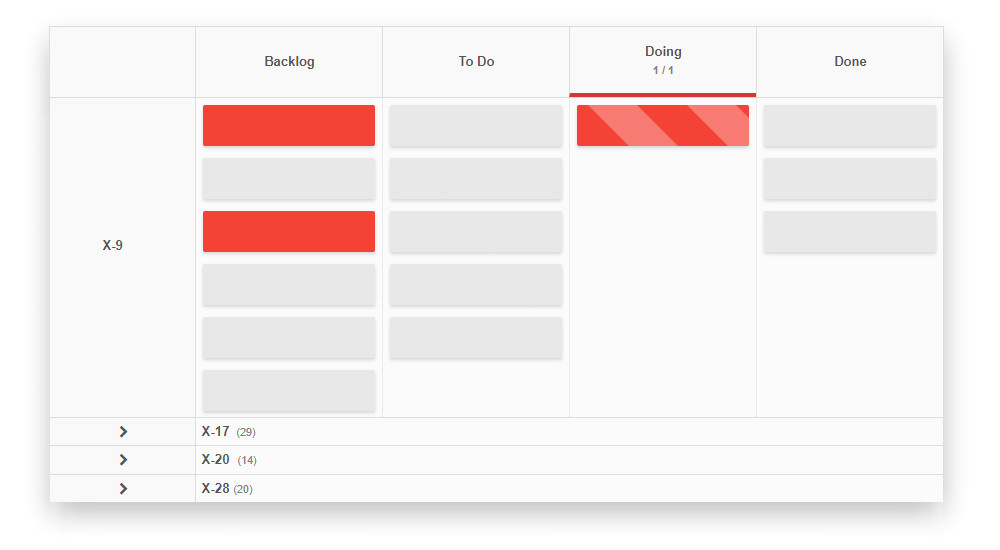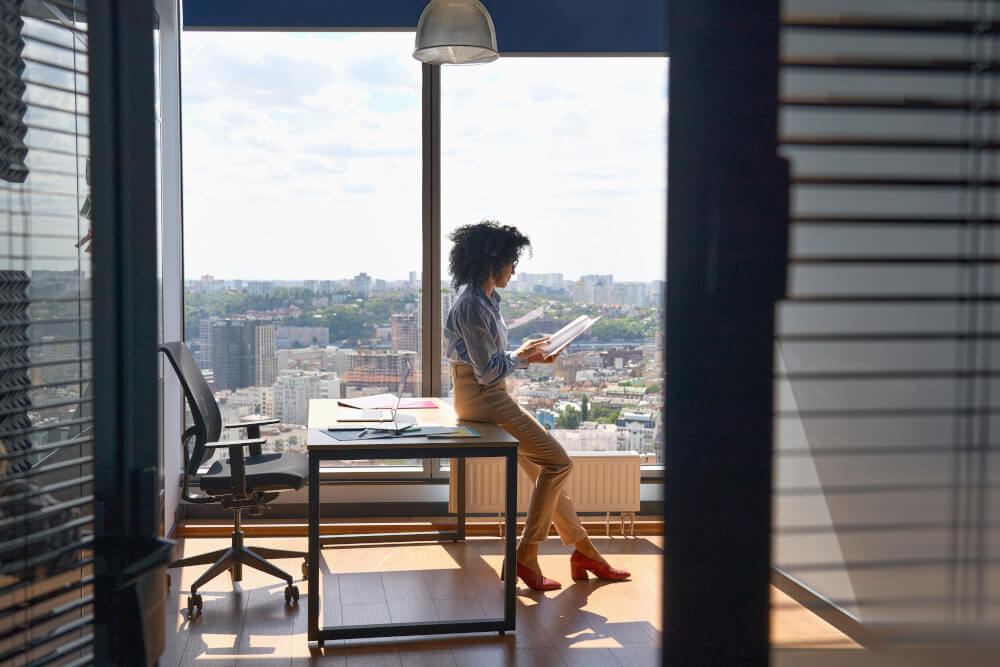Blog
Single-tasking: The Art of Doing One Thing at a Time13 Sep 2023
Not too long ago, we were all lead to believe that multitasking is a desirable and necessary skill. You'd be expected to handle multiple tasks, projects, and deadlines simultaneously, while staying on top of your phones, emails, meetings and social media. But - according to a growing body of research - multitasking isn't doing us any favors.

Not only is it inefficient, but also detrimental to the brain, health, and happiness. Just think about it: aside from walking and talking, can you actually intently focus on more than one thing at a time? Single-tasking can help you improve focus, productivity, and well-being. It simply means focusing on one task at a time with full attention and no distractions.
Why should you try to single-task?
Some of the benefits of single-tasking for both your personal and professional live are:
- Better brain function:
Multitasking can overload your brain, and impair your cognitive abilities, such as memory, learning, creativity, and decision making. Single-tasking can prevent this by allowing your brain to process information more deeply, calmly and efficiently.
- Higher productivity and performance:
Switching back and forth between several tasks will usually reduce your speed and accuracy and waste a lot of your time and energy. Single-tasking, on the other hand, can save you time and improve your work quality by allowing you to focus on the most pressing tasks.
- Lower stress and anxiety:
Multitasking will increase your stress levels and anxiety by making you feel overwhelmed, frustrated, and dissatisfied. But doing one thing at a time might lower your stress and give you more control, letting you stay calm and accomplish more.
- Greater happiness and well-being:
Juggling multiple tasks at once all the time is likely to affect your happiness and well-being, simply by making you miss out on the present moment, the people around you, and the joy of doing things. Giving your complete attention to the one thing that matters right now will not only let you do that thing better, it can also boost your well-being, making you more mindful, attentive, and engaged with your activities. Switch your mindset from being a cog in a machine to being a creative and able human being.

How to single-task?
The single-task focus is a simple enough concept, but if you've tried it, you'll know it can be challenging to implement. Here are some helpful tips on making your single-tasking stick:
Set clear priorities
Before starting your day or any task, identify the most important and urgent thing to do. Then, focus on that task until it is done, or until you reach a natural stopping point.
Block time for deep work
Schedule uninterrupted blocks of time for your most challenging and creative tasks. During these blocks, turn off or mute all notifications, alerts, or calls that will distract you. Also - don't check your email nor social media until you finish the started task. If you'll be taking a break within this block of time, our advice would be not to dive into your email or phone during the pause. The rest period will be more efficient if you, e.g., have a coffee and look out the window than if you get sucked into a never-ending social feed.

Use tools to eliminate interruptions
Try a tool dedicated to helping you stay focused and avoid distractions while working on a single task. A digital Kanban board will let you set up and maintain a work in progress limit, will track your working time per task, and can even take care of reminding you when to take a breather, and when to get back to it, in order to accomplish your daily work.
Take breaks and recharge
By no means does single-tasking equal working non-stop without rest. In fact, taking regular breaks can help you maintain your focus and energy levels throughout the day. Pause every hour for a few minutes, rest your eyes, have something to drink and stretch your legs!

Make practicing mindfulness easy
Mindfulness is the ability to pay attention to the present moment with curiosity, intent and openness. It can help you improve concentration and regulate your emotions. You don't need to jump right into meditation - try taking a few deep breaths, or focus on noticing your sensations, thoughts, and feelings.
Single-tasking is a powerful yet somewhat underestimated way to work smarter and live better. It might help you improve your health, productivity, job performance and help you feel less stressed-out. Try single-tasking today and live better.
Sign up for a 14-day free trial
to test all the features.
Sign up now and see how we can help
your organization deliver exceptional results.